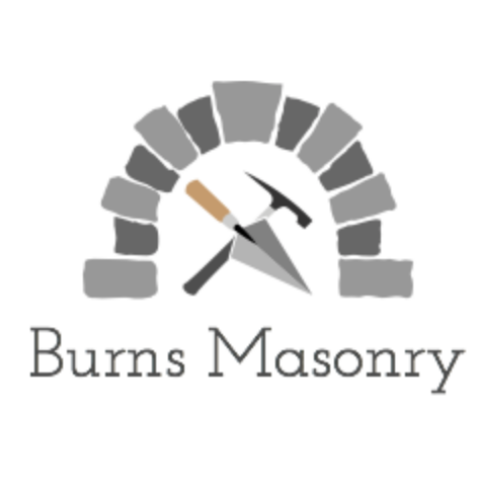Foundation Repointing for Historical Buildings: Preserving the Architectural Legacy
Historical buildings are not just architectural marvels; they provide a glimpse into our past, showcasing the skills, craftsmanship, and culture of a bygone era. However, the passage of time can take its toll on these structures, and one common issue they face is deteriorating mortar. That is where foundation repointing comes into play, a critical process in preserving the structural integrity and aesthetic appeal of historical buildings.
Foundation repointing involves renewing the mortar joints between bricks or stones that make up the building’s foundation. Over time, these mortar joints can crumble, crack, or deteriorate due to various factors such as weathering, moisture, and natural erosion. This deterioration can compromise the stability of the entire structure, risking its collapse or irreparable damage.
Preserving historical buildings is not only about maintaining their architectural beauty but also about safeguarding our cultural heritage. Foundation repointing plays a crucial role in achieving both these objectives. By addressing the decayed or damaged mortar, it helps to ensure that the building remains structurally sound and can withstand the test of time.
The process of foundation repointing requires skilled craftsmen who have extensive knowledge of historical construction techniques and materials. It is imperative to match the original mortar mix closely, including its composition, color, and texture. This attention to detail ensures that the repointed areas blend seamlessly with the existing masonry, preserving the building’s original aesthetic and architectural integrity.
In addition to aesthetics, the repointing process addresses several practical concerns. By restoring the mortar, it helps to prevent water penetration and subsequent damage caused by moisture. Properly repointed foundations can redirect water away from the building, protecting it from dampness, leaks, and potential mold growth. It also helps to maintain a stable and consistent indoor climate, preventing moisture-related issues such as rotting wood or crumbling plaster.
Historical buildings hold a special place in our hearts, providing a tangible connection to our past. Foundation repointing ensures that these treasures continue to grace our cities and communities for future generations to enjoy and appreciate. By extending the lifespan of these buildings, repointing not only preserves our architectural heritage but also saves resources and reduces waste that would be generated by demolishing and rebuilding.
In conclusion, foundation repointing plays a vital role in preserving historical buildings and maintaining their architectural legacy. Beyond aesthetics, repointing ensures the structural stability and longevity of these cherished landmarks. With skilled craftsmen and a commitment to detail, the repointing process safeguards our cultural heritage, protects against water damage, and sustains our connection to the past. By investing in foundation repointing, we invest in the preservation and future appreciation of these architectural treasures.
Publisher Details:
Burns Masonry Inc
https://www.burnsmasonry.com/
Tuckpointing & Repointing – Chimney Repair – Foundation Repair – Recent Work


